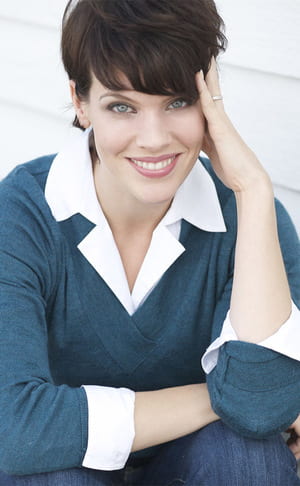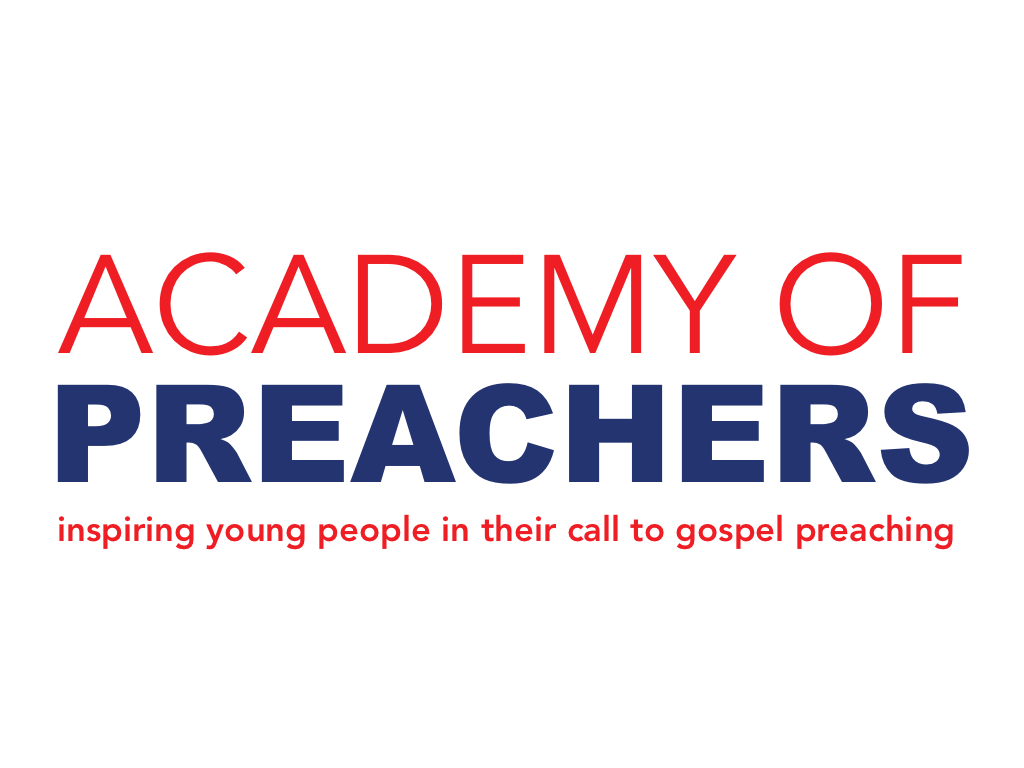Is brainstorming a part of your sermon writing process?
In this Master Class video from the 2018 National Festival of Young Preachers, Kate Bringarder of the Speaker’s Studio guides current AoP President Ernest Brooks and AoP Founder Dwight Moody as they brainstorm their big sermon to end the Festival. Her Master Class provides a wide range of advice for walking through the creative process.
This shortened version of her class features 5 Key Questions to consider when you are brainstorming your sermon.
1. How long are you preaching?
Kate first asks Ernest and Dwight how much is allotted for their sermon. It is a simple but necessary place to start. What you do will be limited by how long you have to do it. If you have five minutes to preach, you probably shouldn’t do a verse-by-verse expository look over a long passage. If you have to preach for an hour, you will probably need more than just one simple point. Don’t think about this question as a limitation; it doesn’t have to change the content of your message, just how much of it you can include. Use this question to push yourself towards creativity and excellence in your preaching. What style of sermon allows you to say what you need to say in the time you have to say it?
2. How many people will be there?
Kate’s second question raises a good point: You may want to adapt your message and your presentation to the size of your audience. You might prefer changing your approach if you are preaching to five people or preaching to a thousand. Again, this question does not have to affect your content, just how you present it. For example, asking someone in the audience to answer a question might work better in a small group than it would in a stadium.
That being said, there is an open debate about the significance of this question. Some preachers don’t like the idea of changing how you preach depending on the size of your audience. As Kate says in her video, “Take what works, leave what doesn’t.” This isn’t about telling you what to do, it’s about offering suggestions that you can decide to take or not.
3. Who are they?
There are many things you can learn about the audience to answer this question: age, class, vocation, religion, political ideas, ethnicity, nationality, etc. What are their needs? Where are their blind spots? Why are they listening to your sermon? Why should they listen to your sermon?
You can adapt your presentation and your content to the identity of the congregation. While you may not want to write your sermon based solely on who the people are, you might consider them (their needs, dreams, beliefs, and situations) when you are brainstorming what and how you want to preach. How can you best communicate the message to these people.
4. What’s the text?
For many preachers, this is the heart of the sermon. There are many ways to connect your message and your scripture, but preaching a gospel message will almost always require a Biblical text. When you pick you text, study it. Get to know it. Hear the gospel message within it. Listen for the word that the people need to hear. Find the themes, the burning questions, the applications. Find the encouragement and the calls to repent. Find your sermon.
5. How do you want people to feel when they leave?
Another way to say this: What is your point? By the time you are ready to preach your sermon, you should know exactly what you want the congregation to know/feel/do when they leave. If you watch the full video, Kate later talks about needing a “button” in the sermon, something at the end that brings everything together. It could be a story, an effective conclusion, or anything else you create that ends the sermon on topic and on track. And if you know what you want the audience to know/feel/do, then you can craft your sermon to accomplish exactly that.
As you prepare to write your next sermon…
Try the brainstorming process laid out here by Kate. Ask these questions, evaluate the answers, and see if it changes how you preach. If you like it, great! If not, take anything good and leave the rest. This is all about helping you find the best way for you to preach, not requiring certain methods or procedures. So experiment with it the next time you preach, and comment back on what helped and what didn’t!
To see the full video, click here. To watch our other entertaining and informative Master Classes, click here.
*This article was based on Kate Bringardner’s Master Class at the 2018 National Festival of Young Preachers. Commentary on the 5 Key Questions by Nick Bettis.
*The views and opinions expressed here are solely those of the author(s) or speaker(s) and do not represent the beliefs or positions of the Academy of Preachers. The distribution of content by Academy of Preachers is an effort to fulfill our mission to Identify, Network, Support, and Inspire young people in their call to gospel preaching. Our network and participants are widely diverse in geography, ethnicity, culture, gender, theology, tradition, and practice. We give space for those in our network to contribute their unique voices to a global conversation on gospel preaching and Christian ministry.
About Kate…
 Almost a decade ago, Kate began coaching in the areas of Voice, Breath and Body, as applied to Leadership and Confidence. It lead to the development of Your Speaker ROI, Lab 360(TM) and Improv : Leadership, as well as establishing The Speaker’s Studio.
Almost a decade ago, Kate began coaching in the areas of Voice, Breath and Body, as applied to Leadership and Confidence. It lead to the development of Your Speaker ROI, Lab 360(TM) and Improv : Leadership, as well as establishing The Speaker’s Studio.
Kate attained her Masters of Fine Arts from DePaul University in Chicago, Illinois. Upon graduation she returned to Louisville and began looking for a way to put her 20 years of training and experience in stage and film to good use. Since taking her first client, word of Kate’s work has spread quickly. Her work with clients has taken her to Pittsburgh, San Francisco, Minnesota and beyond. It has included companies such as Amazon, Honda Engage, Brown-Forman, Texas Roadhouse, Northwestern Mutual, Actor’s Theatre of Louisville and Woodford Reserve. These days Kate is a sought after Trainer and Speaker. Kate remains active in Stage and Film work.
